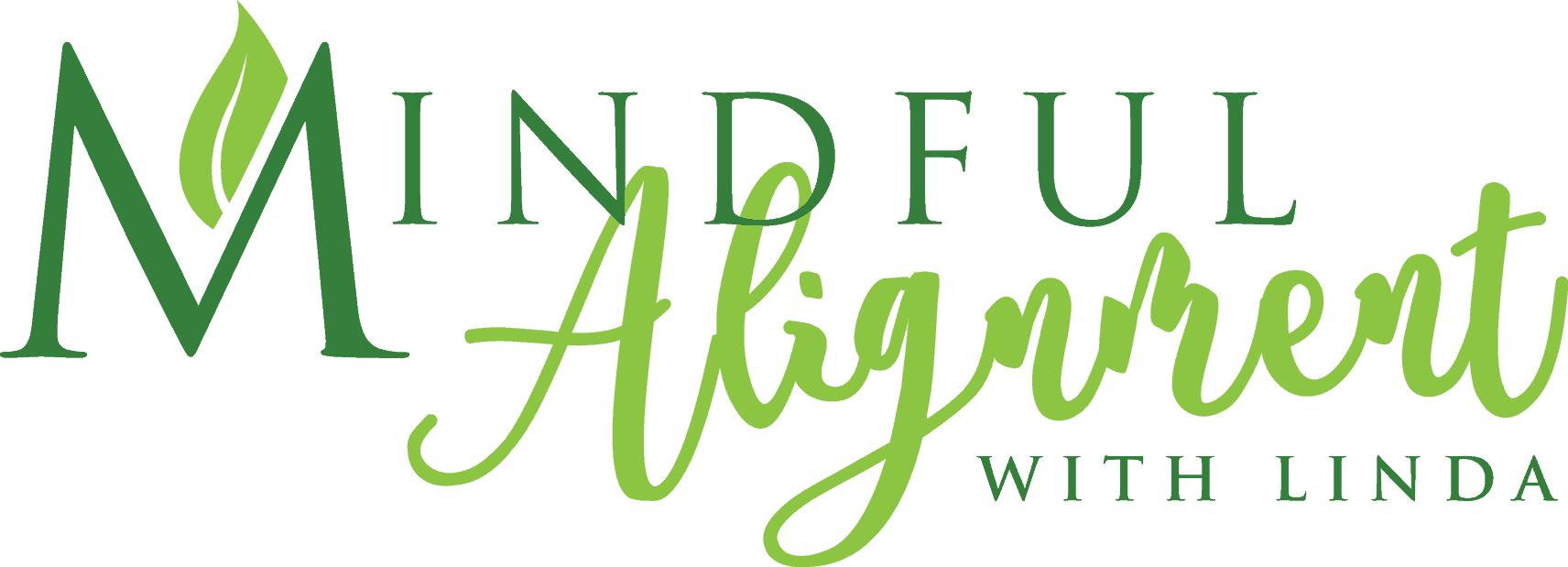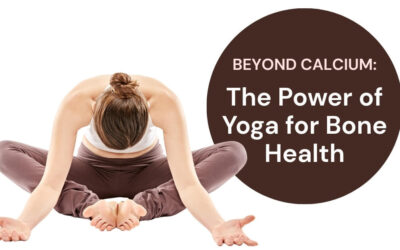Dynamic & Static Stretching
Last week, I explained the importance of stretching and how it benefits the body. In the article, I reference both dynamic and static stretching. It is essential to know the difference between the two methods and when it’s best to practice both or when you should only do one or the other.
Dynamic stretching involves “movement.”
An example of doing a dynamic movement is to move or walk at a moderate pace for 5-10 minutes. The best time to perform dynamic stretching is before an exercise or movement session to warm up the muscles and get the blood flowing. Warming up with dynamic stretches may help prevent injuries.
Here are some examples of dynamic stretches where time for each movement is not the primary focus:
- Make small circles with the head
- Make a complete circle with the shoulders, rolling them forward, then to the ears, the back, and return to the starting position
- Swing both arms from one side to the other until the hands lightly touch the back
- Circle the arms in a swimming motion (i.e., front crawl) one at a time or both together and
- Step one foot into a lunge, then move forward into a lunge with the other foot and keep alternating
Static stretching is holding the stretch for each muscle “without” movement.
The best time to perform static stretches is after an exercise session as part of a cool-down routine. The benefits of static stretching are more flexibility and a better range of motion, less stiffness and pain, increased blood flow, and improved performance. These results are palpable.
Focus your stretching on the neck, shoulders, upper and lower back, pelvis, hips, and legs.
Here are some examples of static stretches (hold for 30 seconds):
- Stretch both arms overhead
- Stretch one ear to the same shoulder
- Stretch the hamstrings and quad muscles
- Lunge
- Fold forward to touch the toes
- Lay on your back while hugging both knees into the chest, then drop both knees to one side, then the other side and
- Sit on the floor with soles of the feet touching, and bent knees dropped out to the side.
PATH FORWARD:
What I know for sure is that with all the damage sustained from two falls, I always feel better after stretching. When pain and tightness return, I stretch that area more.
After my knee replacement, following the first fall, I stopped exercising and stretching. This not only increased my pain, but it also reduced my overall flexibility. I discovered that when I resumed my exercise and stretching routine, my knee functions much better.
Overall, my entire body always feels better when I exercise and stretch.
Stopping my exercise and stretching routine was an experiment to find out what works best for me. You will also need to experiment to find out what works best for you.
Decide for yourself.
Try some dynamic stretching before exercising.
The next time, just implement static stretching afterward. Next time, do both dynamic and static stretching. That way, you will have evidence about what works best for you!
If you would like a custom assessment and stretching routine designed specifically for you and your needs, schedule a private consultation.
Related Articles:
Beyond Calcium: The Power of Yoga for Bone Health
Discover how yoga supports bone health and osteoporosis prevention. Learn science-backed poses that strengthen your skeleton and reduce fracture risk.
The Motivation Paradox: Action is the Catalyst for Healing Back Pain
Discover the Motivation Paradox of Back Pain—why waiting for motivation keeps you stuck and how action is the true catalyst for healing. Learn science-backed strategies to break the pain cycle and reclaim mobility.
Transform Back Pain Anxiety: From Uncertainty to Empowerment
Discover how to navigate pain anxiety with empowerment. Embrace uncertainty and reclaim your healing journey through mindfulness and resilience.
Transforming Your Relationship with Back Pain: A Mindset Revolution
Back pain is more than a physical challenge—it's a profound psychological journey. The real battle isn't just in your muscles and joints, but in your mind. Your thoughts can either be a prison or a pathway to healing. Reframing Your Inner Narrative When chronic pain...




